Ancient news stories

Custodians of petroglyphs in remote north-west say Woodside’s $12bn ‘carbon bomb’ spells disaster for culture and climate.
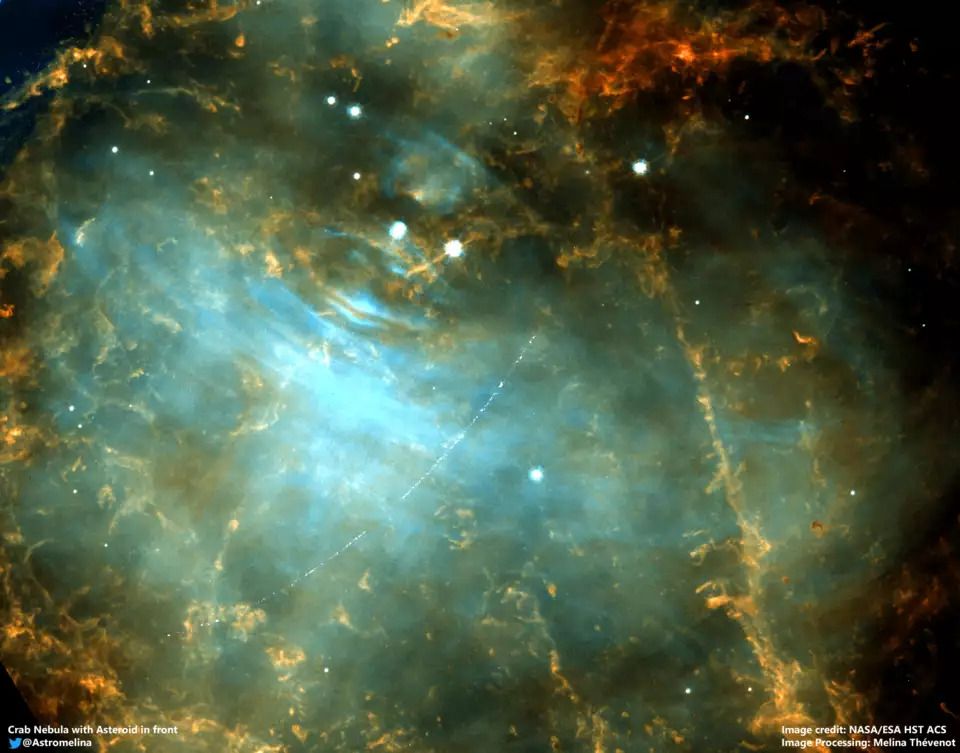
Astronomers have revealed the trails of nearly 1,500 new asteroids hidden in data gathered by NASA’s most venerable space telescope.

The concept of aliens is quite old. Long before human civilization developed a scientifically accurate understanding of the cosmos, people across the world looked up at the sky and wondered what was out there.

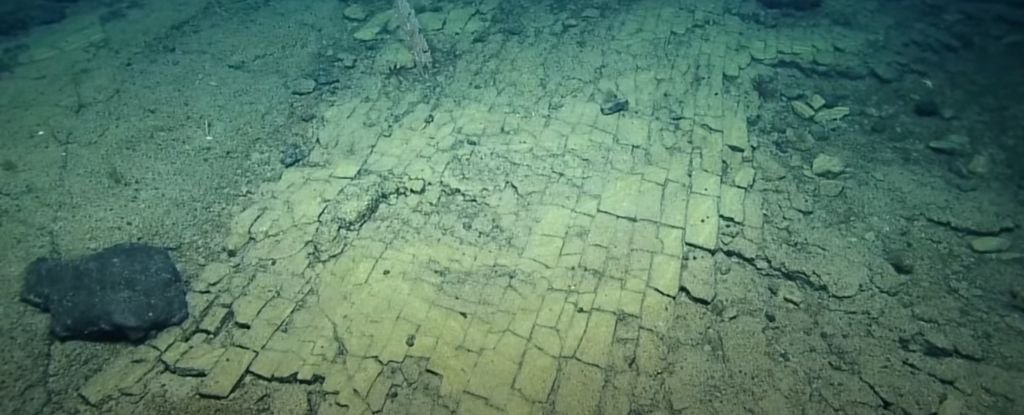
An expedition to a deep-sea ridge, just north of the Hawaiian Islands, has revealed an ancient dried-out lake bed paved with what looks like a yellow brick road.
A new archaeological study has unearthed evidence Indigenous people in Australia and North America sustainably managed and consumed oysters for thousands of years.
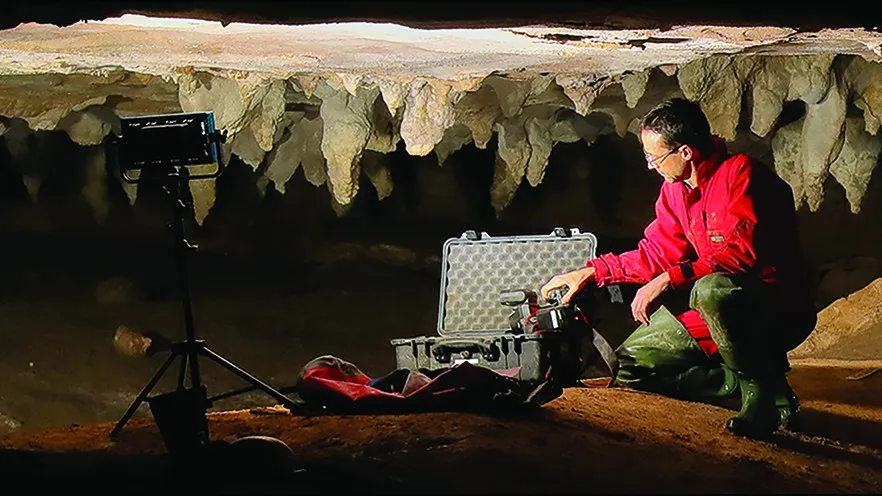
Archaeologists in Alabama have discovered the longest known painting created by early Indigenous Americans, a new study finds.
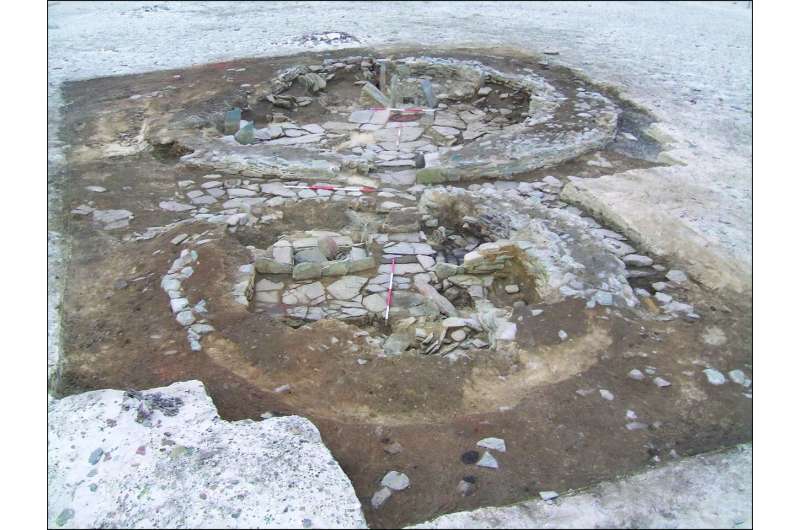
A team of researchers affiliated with the University of Huddersfield in England reports evidence suggesting that large numbers of women from the European continent migrated to the Orkney Islands during the Bronze Age.

From academic works giving women a supporting role to hunter-gather men, to Raquel Welch’s portrayal of a bikini-clad cavewoman in the 1966 film One Million Years BC, the gender division of the stone age is firmly entrenched in public consciousness.
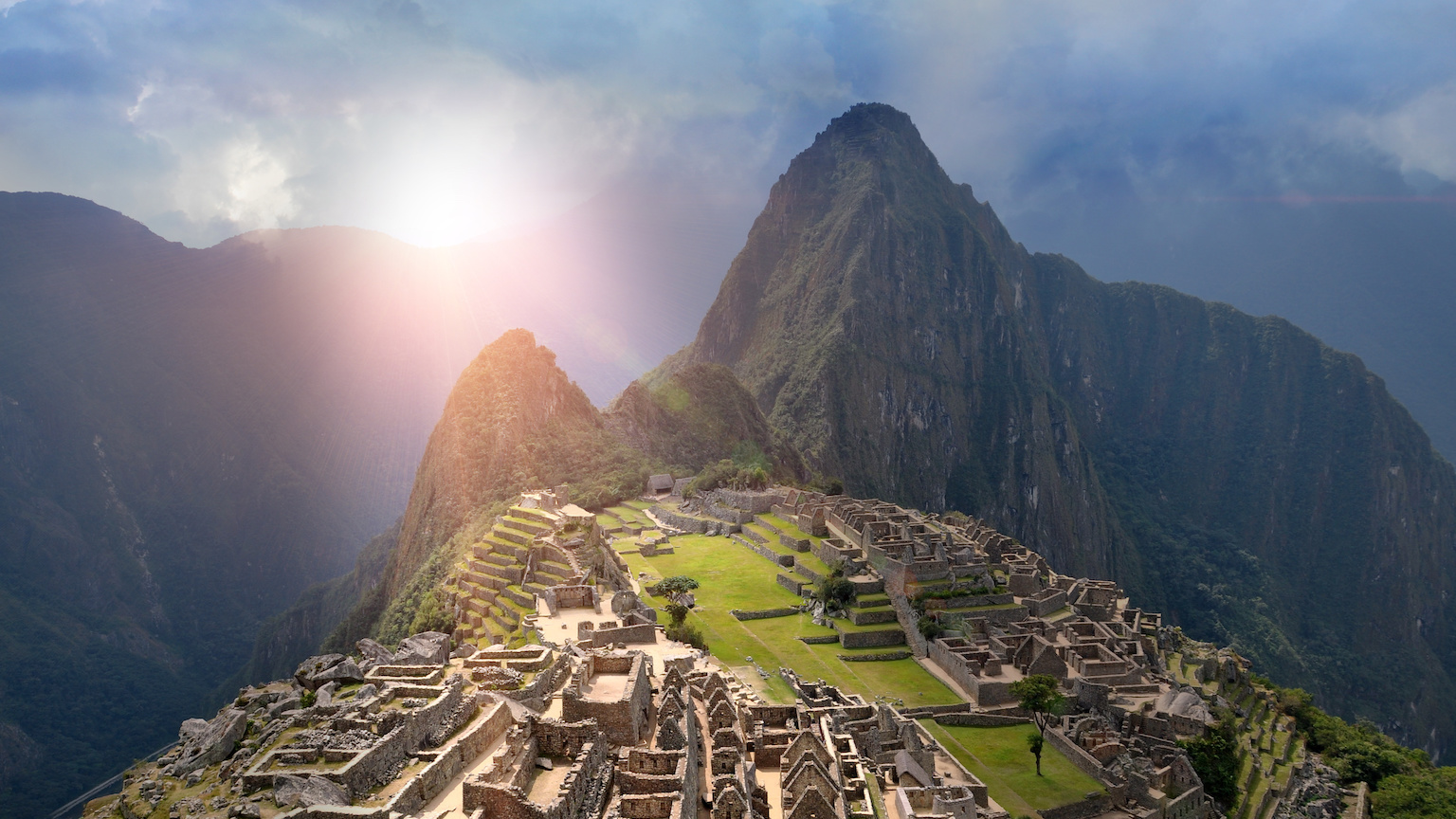

A local farmer has unearthed a 4,500-year-old limestone statue in Gaza, the Ministry of Tourism and Antiquities run by the Islamist group Hamas announced on Tuesday (April 26).

Ichthyosaurs were large marine reptiles with an elongated, snakey shape. They first emerged after the end of the Permian extinction, an event also known as the “great dying”, which occurred about 250m years ago and which wiped out more than two-thirds of species on land and 96% of marine species.
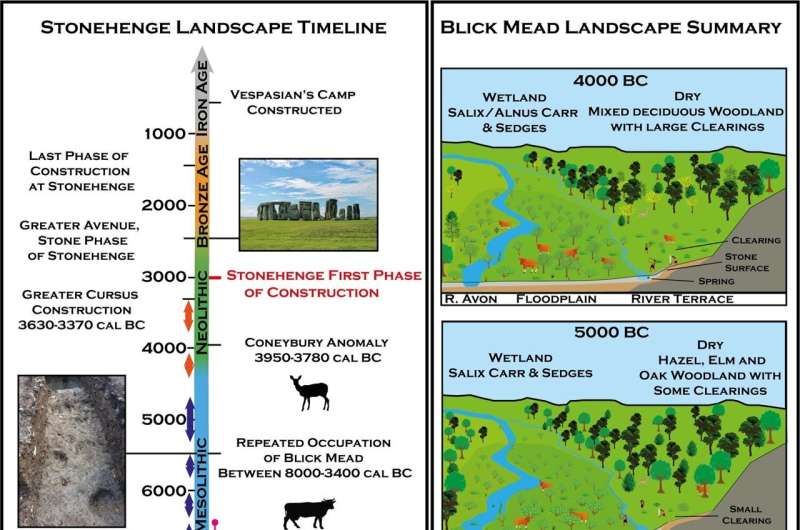
Hunter-gatherers made use of open woodland conditions in the millennia before Stonehenge monuments were built, according to a study published April 27, 2022 in the open-access journal PLOS ONE.
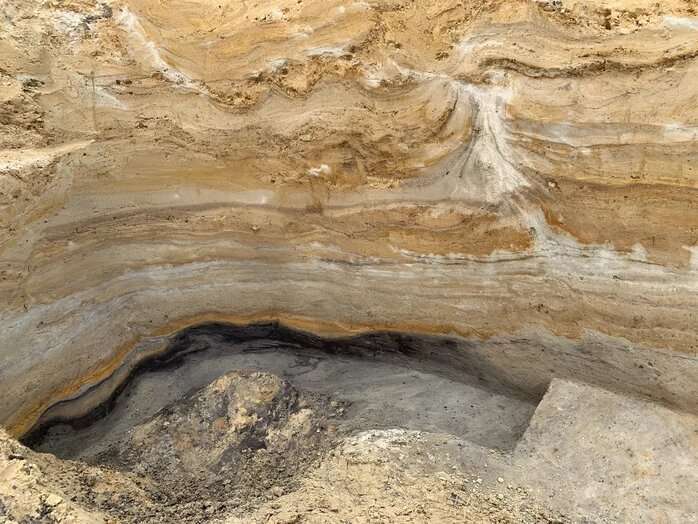
A multidisciplinary research team investigated whether Neanderthals were well adapted to life in the cold or preferred more temperate environmental conditions
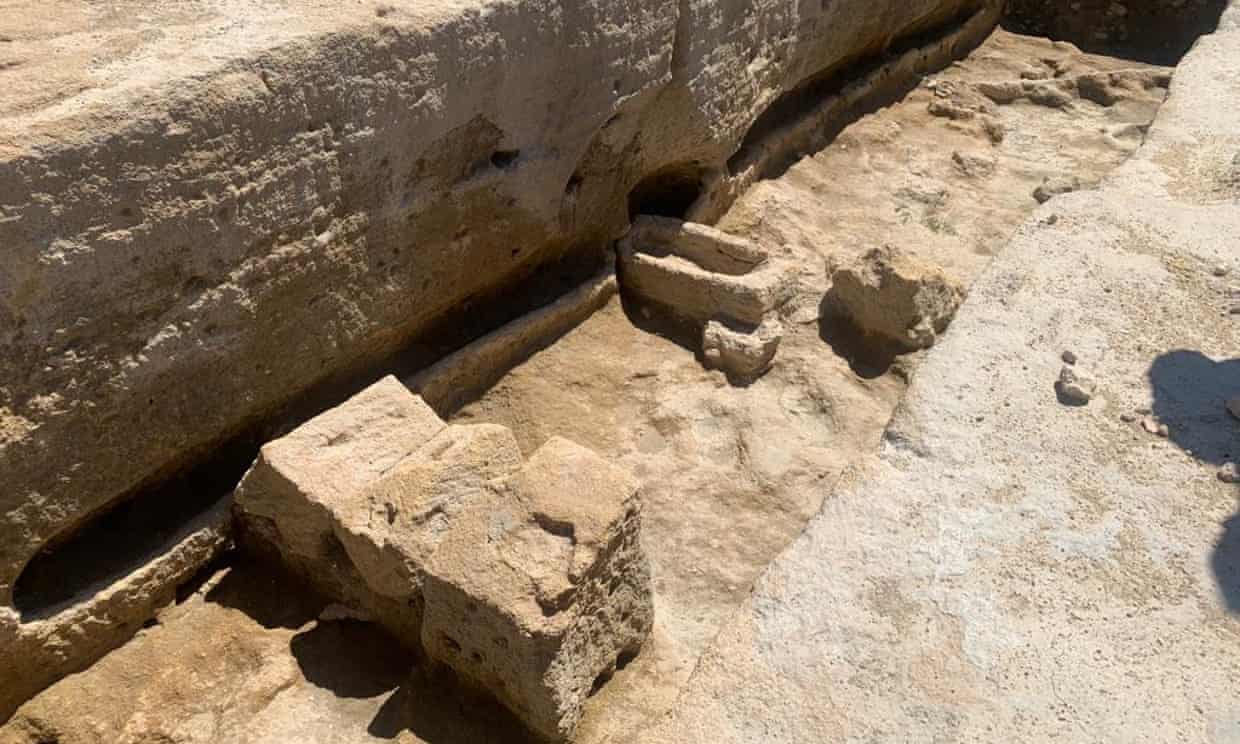
Workers upgrading water supplies in southern Spain have come across an “unprecedented” and well-preserved necropolis of subterranean limestone vaults where the Phoenicians who lived on the Iberian peninsula 2,500 years ago laid their dead.

We still don’t know just how the first life emerged on Earth. One suggestion is that the building blocks arrived here from space; now, a new study of several carbon-rich meteorites has added weight to this idea








